Audio Autopsy, 1972-'85🌈Chris Rainbow, Alan Parsons' One-Man Beach Boys
Rainbow had a fan in Brian Wilson, his inspiration. Chris worked with Alan Parsons, Camel & others, and even created & sang jingles for the BBC! His was a talent not to be missed. But, many did.
Chris Rainbow died on February 22, 2015 of Parkinson’s disease. He was 68. Born Christopher Harley in November 1946 in Glasgow, Scotland, he was known and well-loved within the recording industry, yet few Americans are aware of his vast array of (mostly vocal) talents, yet many have heard his voice.
Alan Parsons (Alan Parsons Project), upon Rainbow’s passing a decade ago, published this on his official website: “It was with great sadness that I read today of the passing of Chris Rainbow. He was an amazing talent and an integral part of The Project sound. Eric (songwriting partner, Woolfson) and I used to call him the ‘One Man Beach Boys.’ I will always remember his funny stories, his mimicking ability, and his hilarious catch-phrases. Sessions with him were always filled with laughter. I will miss him greatly.”
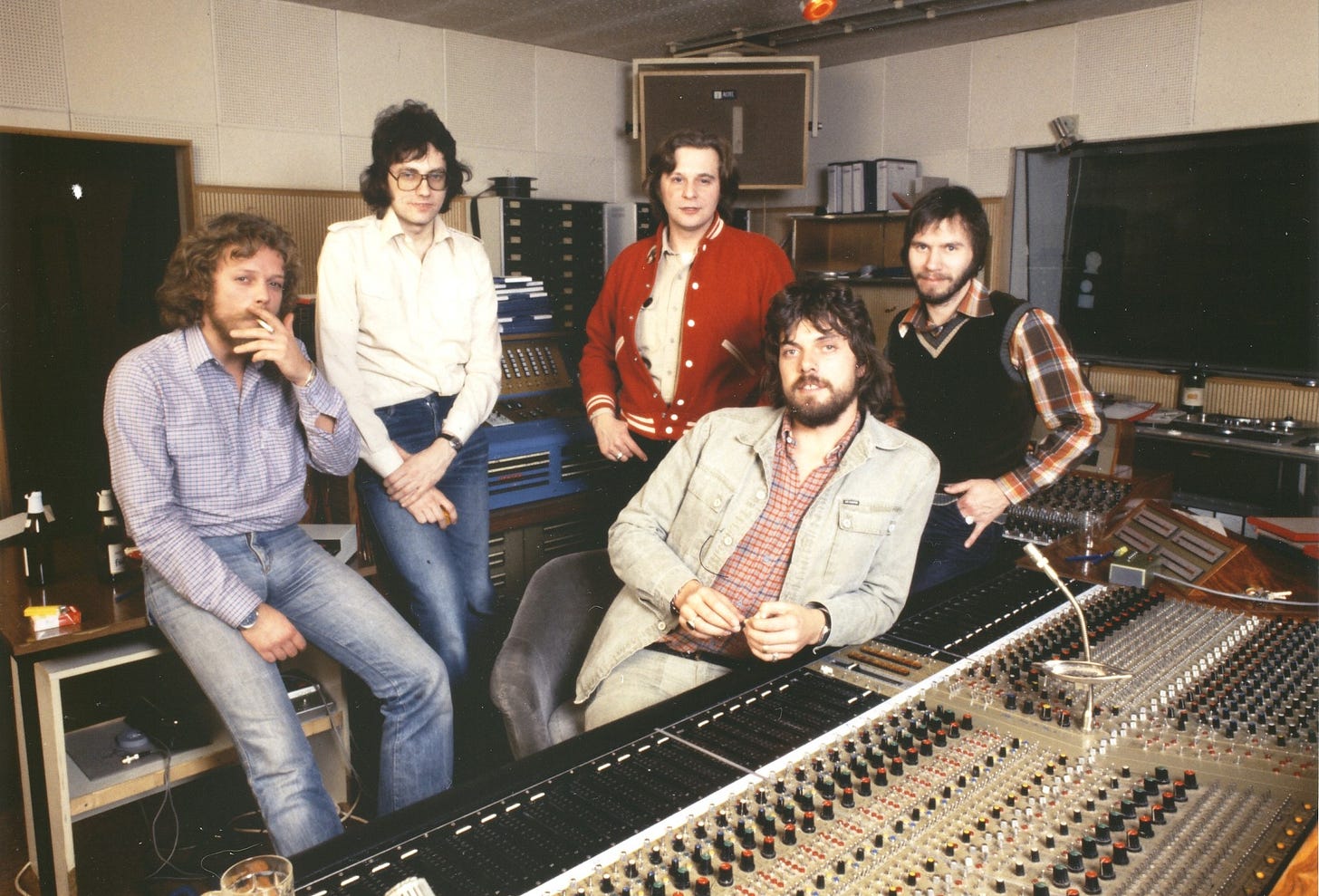
Indeed, on hearing of Rainbow’s death, Brian Wilson posted on his official website, “I felt really bad to hear about Chris Rainbow passing away; he was too young. I remember in the late 1970s, a friend played ‘Dear Brian’ for me and I was touched and honored by it. It was a beautiful track. I wish the best for Chris’s family and friends. Love & Mercy, Brian”:
According to Peter Gough on BiteItDeep.blogspot, Rainbow was originally a graphic artist. At 26, he formed his first band, Hopestreet (which may have just been a pseudonym, using session musicians), who released two singles, “Iron Sky” b/w “Never Mind” on UK’s Regal Zonophone/EMI in 1972…
….and “Wait Until Tomorrow” b/w “Ladies (At The Bottom Of The Garden)” on Parlophone/EMI/UK in 1973:
Another Country (and Generation) Heard From
I asked good friend, Canadian,
of Musings of a Broken Record, for his valued opinion on Rainbow (whose first two solo albums I owned in the ‘70s); Mark was born in the ‘80s, and I’m always impressed with the depth of musical knowledge for one so young! Here are Mark’s reflections on Chris Rainbow:Chris Rainbow is one of those artists who had a back catalogue full of catchy songs that for whatever reason never caught on. It’s a shame because the man had some serious talent and Beach Boy-harmonies to match.
Released at the tail end of March 1974, “Solid State Brain”—click here for YouTube audio-only video—(written by Rainbow, and produced by Nicky Graham, who played keyboards for Bowie on the Ziggy Stardust Tour, late summer ‘72, and eventually became A&R manager at Polydor and CBS Records/UK) only dented the UK Breakers List. At the time, the Breakers List was the equivalent of the Billboard Bubbling Under Hot 100.
Another single from his 1970s stint on Polydor, 1976’s, “All Night” (click here) was similarly catchy but met the same fate. Despite Polydor sticking with Rainbow into the latter part of the decade, none of his singles made a dent, no matter how much effort the label put into promoting them.
Still, Chris Rainbow’s music was appreciated by many. Popular radio DJ & British TV personality Kenny Everett was a huge fan and tried to push “Solid State Brain.”
Brian Wilson also sang his praises.
1977’s “Living In The World Today” (below) sounds like Wilson fronting 10cc. Its brilliance is another reminder that Rainbow never scoring a hit single as a performer was criminal:
By 1979, Rainbow had briefly switched labels to EMI. “Ring, Ring” was promoted as a single on European television (you’ll see and hear that one below). UK pop duo Dollar also covered the track, and had a belated minor hit with it a couple of years after its release. Again, Rainbow’s version fell on deaf ears.
Rainbow’s music deserves to be re-evaluated. I came across it myself several years ago on Spotify during a junkshop glam kick. With his Beach Boys-inspired harmonies, Rainbow was decidedly not glam, but his music flawlessly fit right in.
Despite having listened to his work for a few years, he’s an artist I keep meaning to do a deeper dive on. After working on this alongside Brad, I certainly plan to.
The Solo Albums
Back to Peter Gough on BiteItDeep.blogspot: “Soon after the release of the second Hopestreet single in 1973, a friend of Chris’s passed along a tape of his new demos on his behalf to Polydor Records who subsequently signed him to a 4-year deal. It was around this time that Chris changed his name from Harley to Rainbow to avoid any confusion with UK pop singer, Steve Harley, who was very popular at the time.
“The debut solo Chris Rainbow album was Home Of The Brave (shown above) in 1975 (released only in UK, Japan, S. Korea, and Russia). It is a very slick affair, well produced AOR with hints of 10CC (click for YouTube audio: ‘Funky Parrot’, ‘A Woman On My Mind’) with an emphasis on Chris’s angelic Alessi Brothers-esque angelic vocals. The highlight of this album for me,” asserts Gough, “is the reggae-lite ‘Mr. Man’ (think McCartney & Wings’ ‘C Moon’)”:
“His follow-up album, Looking Over My Shoulder, appeared in 1978, and this is where the real pop gems hide,” Gough continues. “This LP was my introduction to Rainbow, and I was an instant fan and could see why he was given the nickname, ‘The One-Man Beach Boys’.
“Much like Chris White’s Mouth Music, shown above [produced by Shel Talmy on Charisma Records, 1976, released only in UK and Spain; EMI Records in Japan in 1999; click here for complete Mouth Music album audio on YouTube; I had this album at the time, and quickly became a fan of this breezy, harmony-filled 2 1/2-minute song in particular, still enough time for a stirring bridge as well as a captivating modulation: White’s “Sister Caroline,” available by clicking here], the very seventies production (courtesy of Rainbow himself) might put off some people, but if you can get your head around it, you’re rewarded with an album of killer pop, multi-tracked harmonies galore, instant choruses and hooks that will stay in your head for weeks. There are too many great tunes on this to pick a favourite.
“1979 saw the release of Rainbow’s third and final album as a solo artist: White Trails, this time on EMI (in UK, Japan, Germany, Scandinavia), might not be as instant as its predecessor, but there’s plenty to sing along to on here, particularly “Ring Ring” (not the like-titled ABBA song), which is possibly the Chris Rainbow masterwork, unashamedly indebted to the Beach Boys. Pop duo, Dollar, had a minor hit with their version of it in 1982.”
Rainbow is synching to his recorded track here, but it’s one of the rare times (if not the only time) where we can see him actually moving and performing!
Click here for the YouTube videos of the audio for the complete White Trails album.
The Radio Jingles
In 1977 and ‘78 (in between his debut and second album), Rainbow enjoyed a relationship with UK radio, for whom he composed and sang promotional jingles for networks. In this case, Capital Radio 194 “London” (Custom):
In 1978, this collection, for BBC Radio 1, “Summer Radio Presenter IDs” (Custom):
A logical guess would be that Alan Parsons might’ve heard some of these jingles on British radio, and called around asking something like, “Who in the world is responsible for these?” When setting up sessions for his next album, Eve, the call was most likely made.
Rainbow’s Rise to Industry Prominence
UltimateClassicRock.com: “Rainbow began working with the Alan Parsons Project on their fourth album, 1979’s Eve, which coincided with their rise to fame. Although he usually sang lead on only one song per album, he was frequently called upon to provide multitracked background vocals in the studio until Parsons dissolved the group after 1987’s Gaudi.”
It should be noted (and appreciated) that Alan Parsons (who produced and co-engineered Eve) is well-versed and experienced in vocal recording.
He’s certainly heard, and been a big part of, rock’s gold standard in vocal tone, timbre, and harmony: Parsons was the sound engineer on several albums, including The Beatles’ Abbey Road (1969) and Let It Be (1970), Pink Floyd’s The Dark Side of the Moon (1973), and the self-titled debut album by Ambrosia in 1975.
To that end, for every Project album, he assembled only the best musicians and vocalists. For Eve, he brought in Lenny Zakatek, Dave Townsend, and Pilot’s David Paton (and that group’s Ian Bairnson on guitar) to join Rainbow for “their own” particular songs, as well as for background vocals. Rainbow, from ‘79’s Eve, singing on his only lead on the album (it sounds like he’s double-tracked his own harmonies), “Winding Me Up” (written by Parsons and Woolfson), a song which Allmusic called “classically-enhanced”:
Following Eve was 1980’s The Turn of a Friendly Card (Arista Records), as Rainbow sings lead on the title tune, again written by Parsons and Woolfson, Parsons producing; the duo give Chris some challenging vocal gymnastics on “turn” and “friendly,” but he traverses both smoothly and expertly:
May 1982 gave us Eye in the Sky, recorded at Abbey Road, familiar, of course, to Parsons, who again produced. This time, Rainbow was given “Gemini” to handle, and…well, let’s first tune in for Chris’s vocal harmonies in isolation:
Now, the song in its entirety, Chris on lead as well as harmony support:
“During this time, as well, Rainbow also recorded and toured with Camel, contributing to The Single Factor (1982) and Stationary Traveller (1984) albums, and appeared on a couple of solo records made by Yes’ Jon Anderson.
Ammonia Avenue was released on Arista in 1984, and Rainbow was featured on the Parsons/Woolfson composition, “Since the Last Goodbye,” back at Abbey Road with Parsons producing. Again, thankfully, isolated background overdubs…all Rainbow, followed by the song:
March 1985: Vulture Culture was released by Arista, and Rainbow was given “Days Are Numbers (The Traveller),” written and produced by both Parsons and Woolfson:
Later in 1985 (November), Stereotomy was released, and Rainbow sang “Beaujolais”:
Mark Eric and Tandyn Almer (Brian called him his “best friend”) were two other talented singer/songwriters who were heavily influenced by Brian Wilson and The Beach Boys. Read about both below!👇

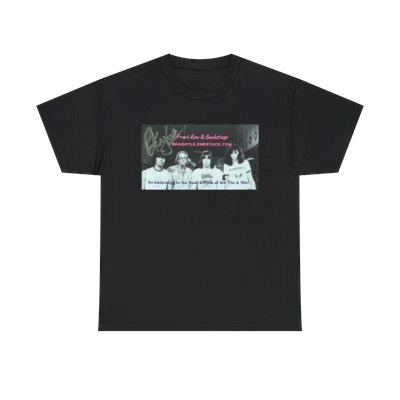

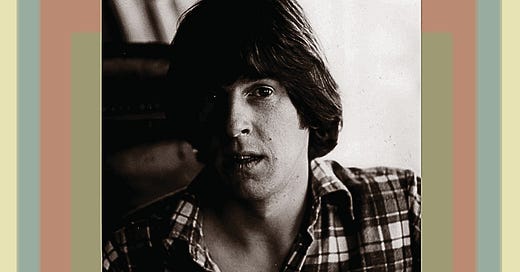



![Chris Rainbow - 1972-1980: The Very Best Of [CD] Chris Rainbow - 1972-1980: The Very Best Of [CD]](https://substackcdn.com/image/fetch/$s_!-PrN!,w_1456,c_limit,f_auto,q_auto:good,fl_progressive:steep/https%3A%2F%2Fsubstack-post-media.s3.amazonaws.com%2Fpublic%2Fimages%2F1d9a9cb7-840d-47c6-acee-9e39163e8517_1080x1080.png)
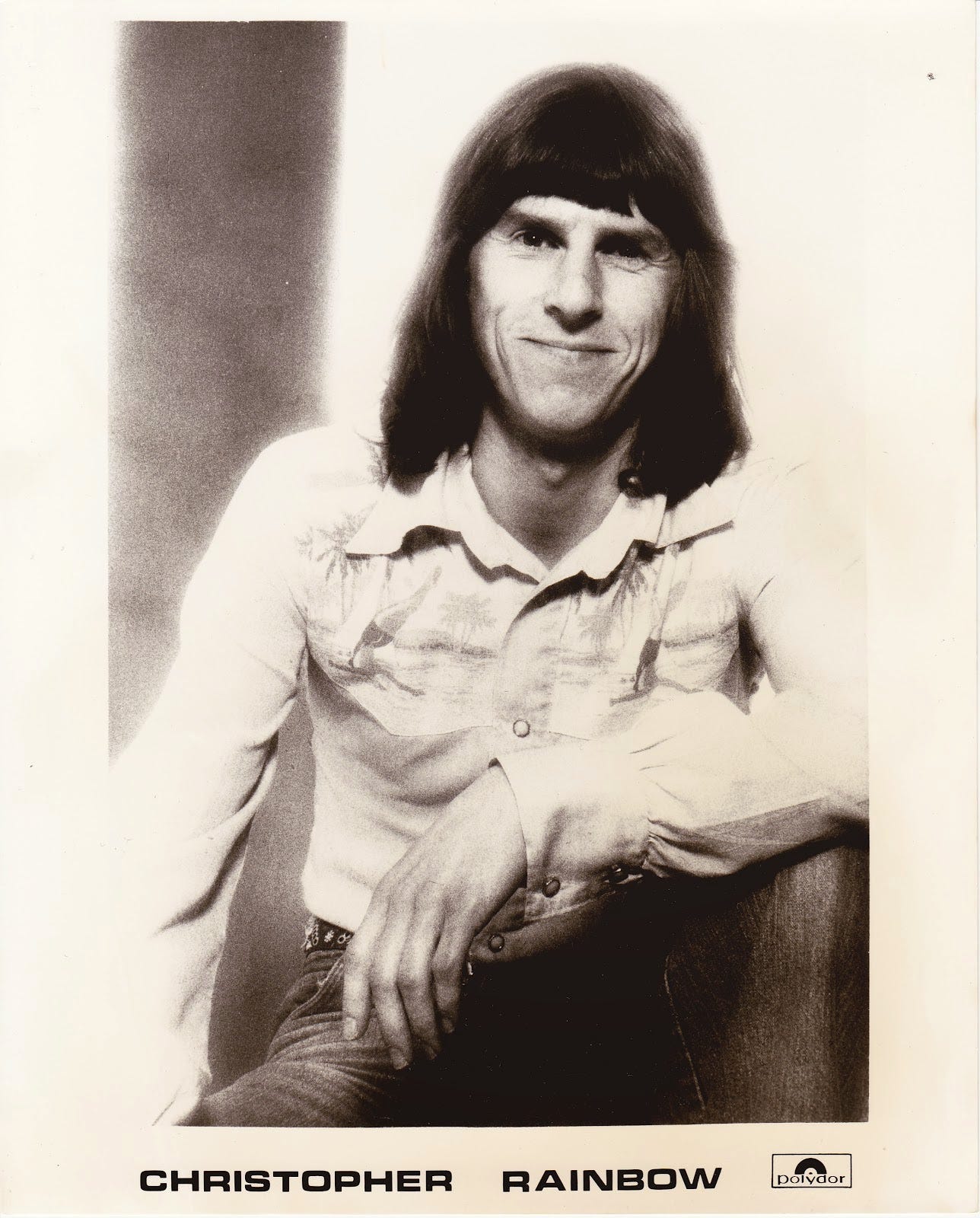
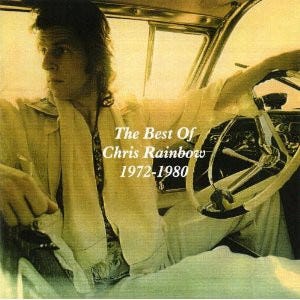
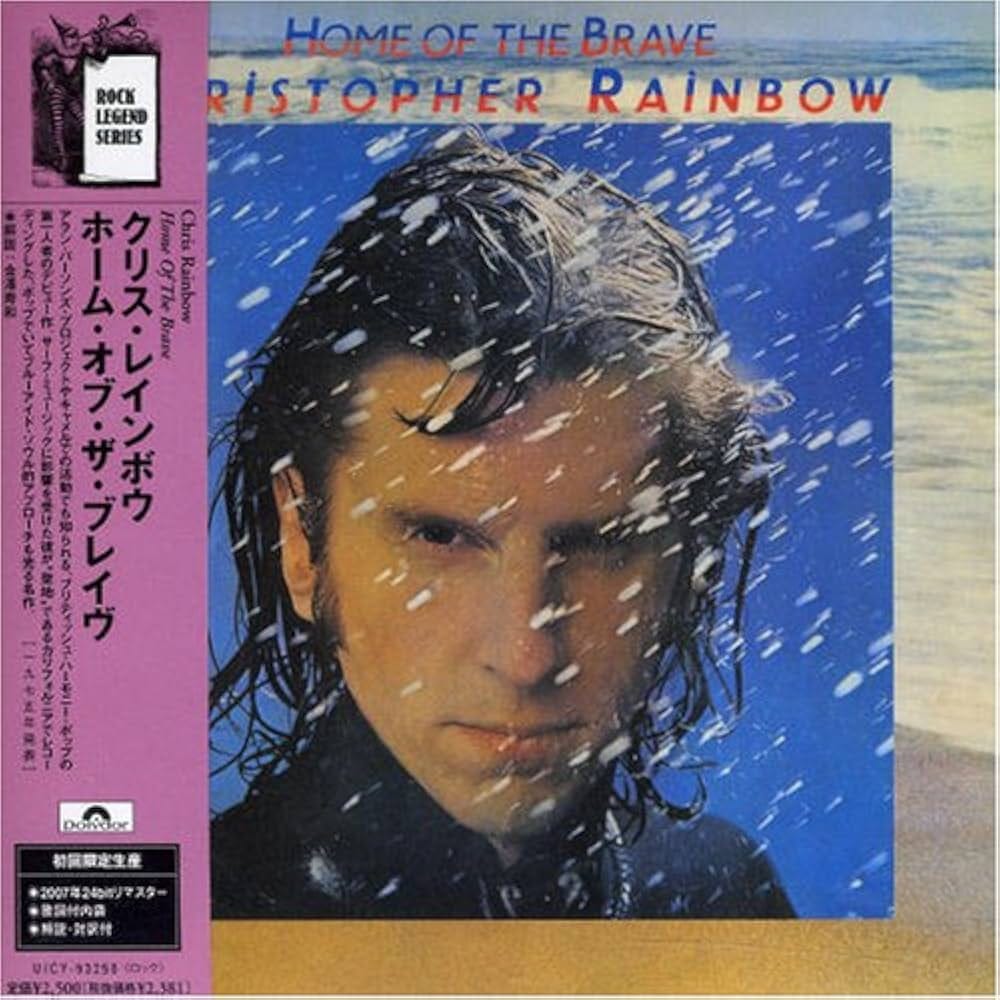
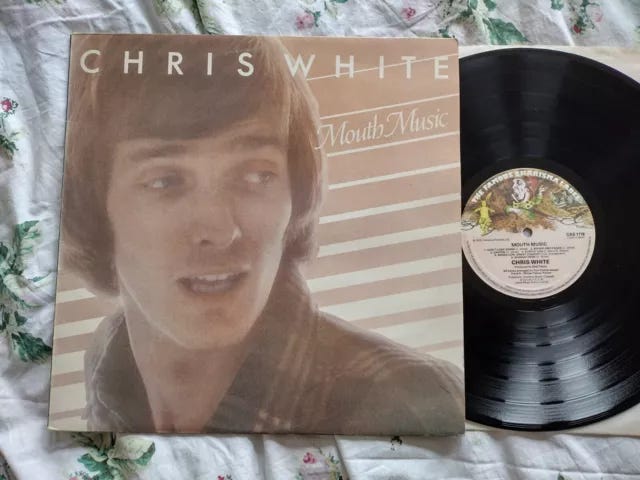
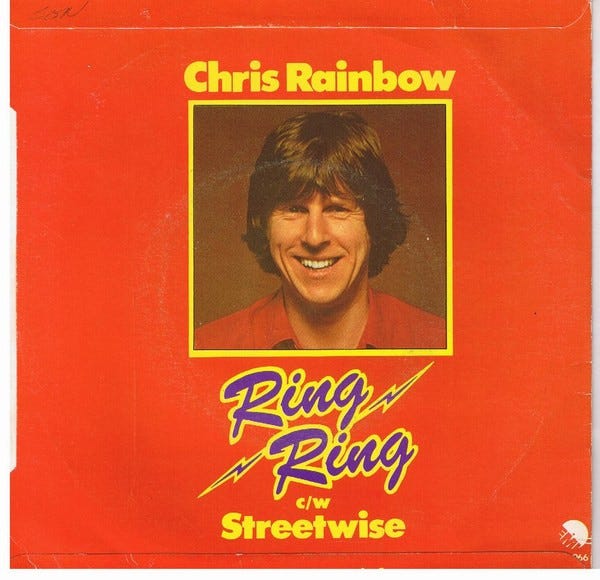
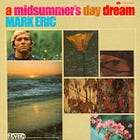
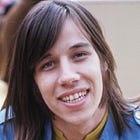

Great post, as I didn't know much about the Alan Parsons Project. Love the Friendly Card tune, gorgeous singing by Rainbow.
Great read guys !